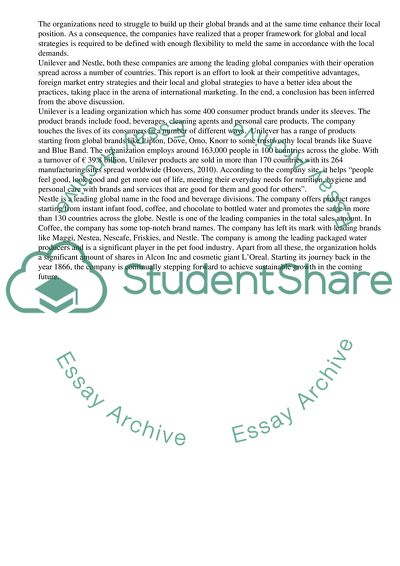Cite this document
(The Marketing Strategies of Unilever and Nestle Case Study - 1, n.d.)
The Marketing Strategies of Unilever and Nestle Case Study - 1. Retrieved from https://studentshare.org/business/1747785-international-marketing
The Marketing Strategies of Unilever and Nestle Case Study - 1. Retrieved from https://studentshare.org/business/1747785-international-marketing
(The Marketing Strategies of Unilever and Nestle Case Study - 1)
The Marketing Strategies of Unilever and Nestle Case Study - 1. https://studentshare.org/business/1747785-international-marketing.
The Marketing Strategies of Unilever and Nestle Case Study - 1. https://studentshare.org/business/1747785-international-marketing.
“The Marketing Strategies of Unilever and Nestle Case Study - 1”, n.d. https://studentshare.org/business/1747785-international-marketing.


